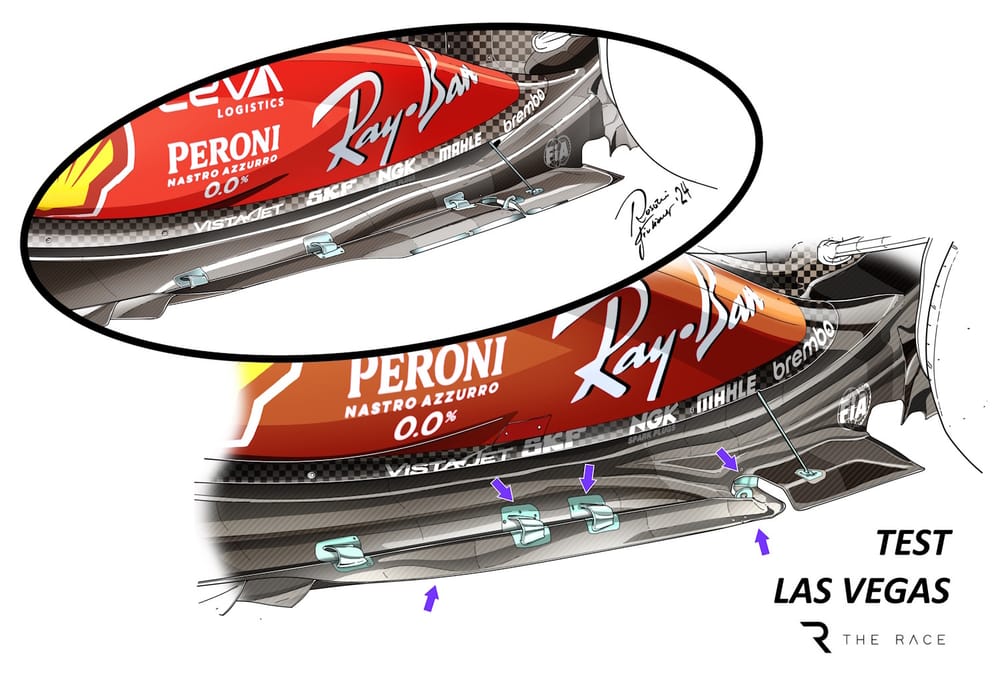Up Next

It’s not unusual for Formula 1 teams to trial components in free practice sessions that aren't carried into the race if they don't perform as anticipated, but Ferrari’s approach at the Las Vegas Grand Prix is less common.
It trialled an experimental floor on Carlos Sainz’s car in FP1 that it never had any intention of racing either this weekend or for the rest of the season, and knew offered no performance gain.
The motivation for running the floor is to test windtunel-to-track correlation.
That’s an area where Ferrari has worked hard to improve, a process that included hardware tweaks in the tunnel earlier in the year.
And while you might assume that the floor has specific ideas being trialled for 2025, Ferrari’s Jock Clear has dismissed that and stressed this isn't the case.
“It is literally [for] FP1 so it will come off [after],” said Clear. “We’ve only got one of them. It doesn’t bring performance, it’s just a very localised test.
“It’s just with a view to correlating the tunnel. Obviously, that has implications for ’25 because that’s the tool you’re developing everything on but it’s very much a correlation process.”
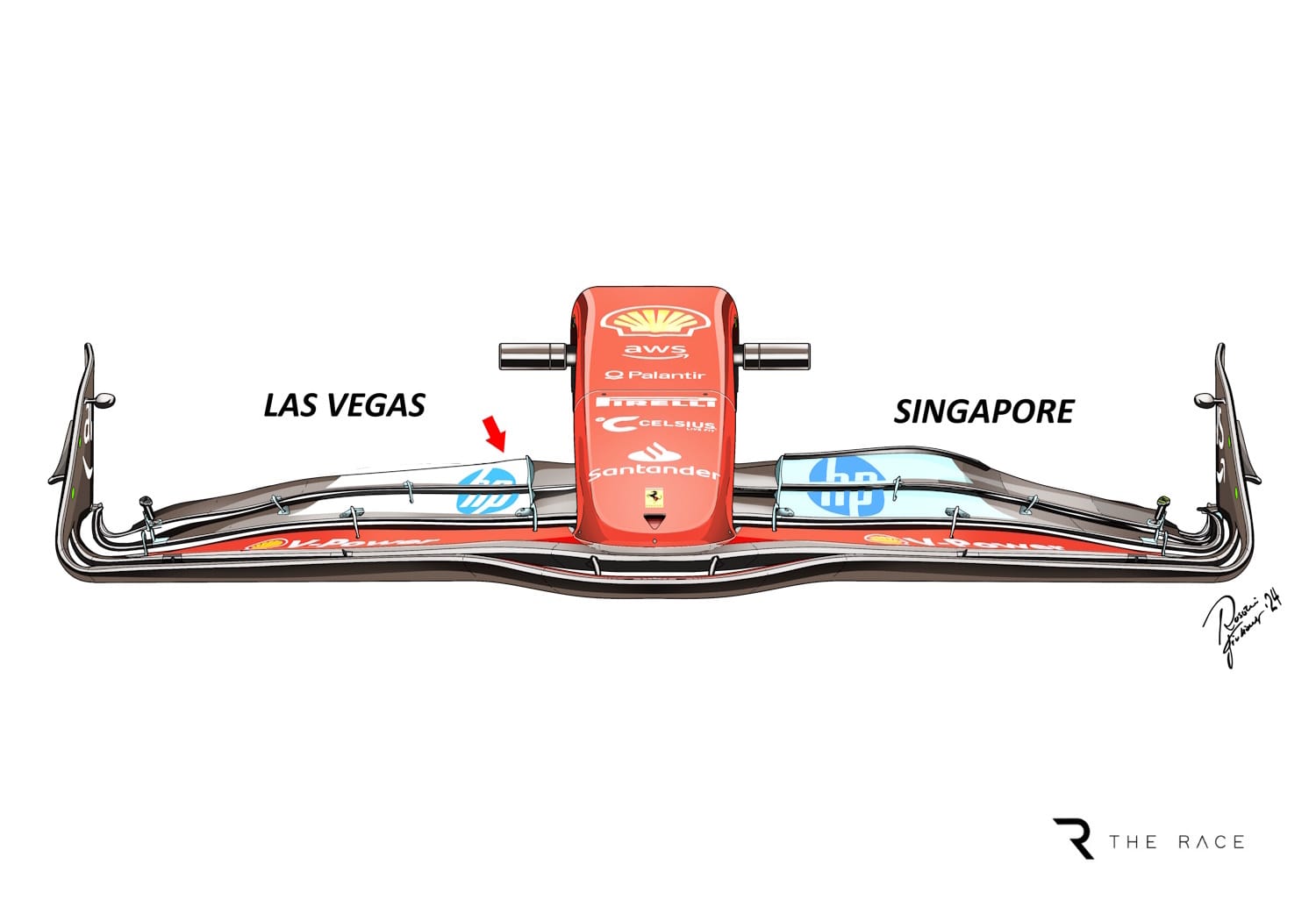
Alongside the floor test, Ferrari also introduced performance parts that it does intend to race in the form of a track-specific front wing to suit the anticipated rear-wing level, which offers a selection of several different trims.
Given Ferrari is embroiled in a fight for the constructors’ championship and lies just 36 points behind leader McLaren going into a weekend on a track that’s expected to suit it given it’s strong in terms of aerodynamic efficiency, slow-corner performance and ride, it’s clear this test was considered important given doing it compromised Sainz’s FP1 session.
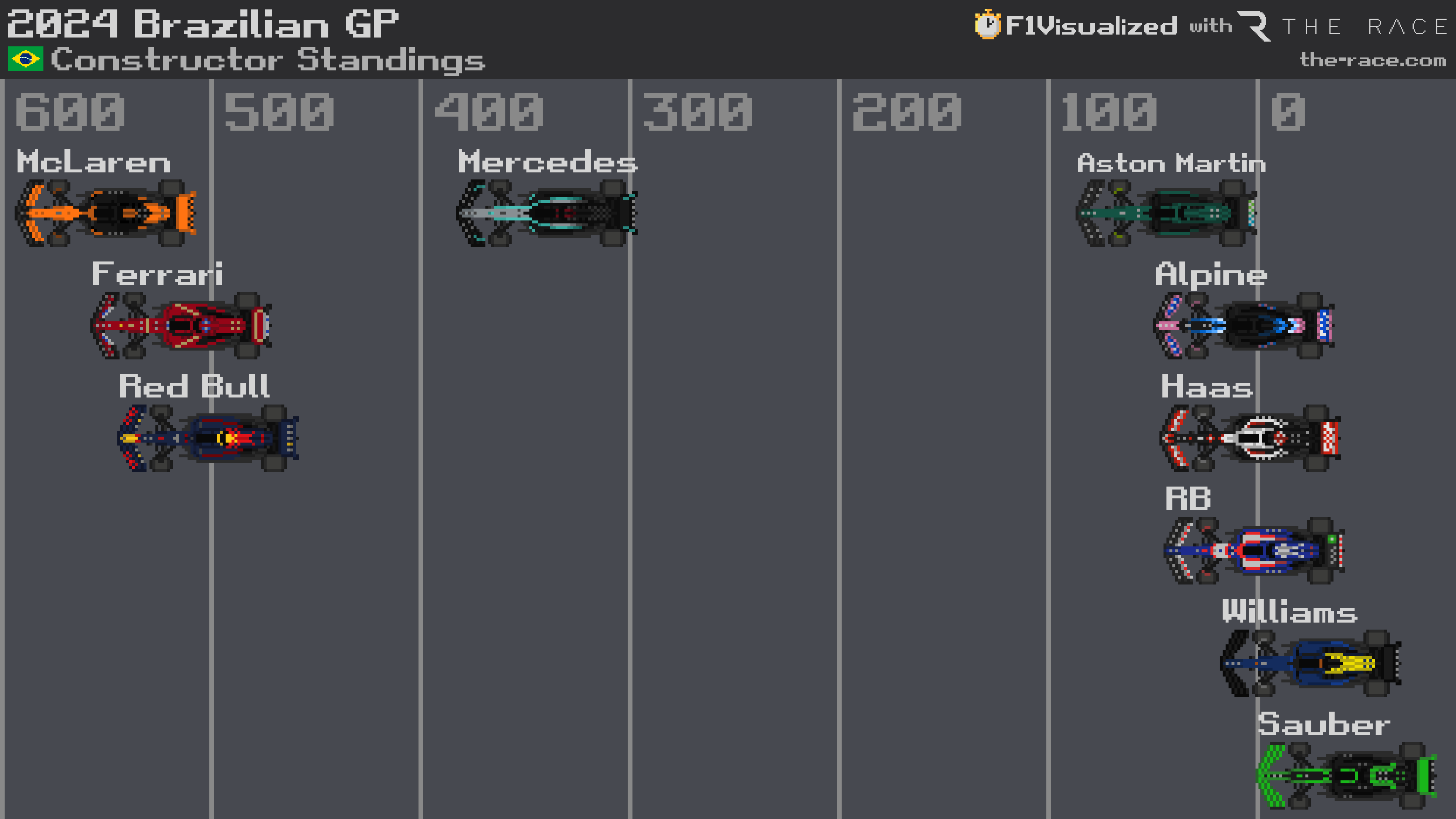
As Clear explains, the cost of manufacturing a one-off floor is also considerable, showing how seriously Ferrari takes this process. However, Clear is adamant it doesn’t reflect trying to solve a correlation problem as such.
“No, I don’t think so,” said Clear when asked if Ferrari has doubts about correlation. “We've been quite open in effectively being public about the fact we’ve brought this floor, but you’ll probably find teams do this all the time.
“Obviously a floor’s a big part and you have to make a commitment because it’s an expensive part as well, so it’s not the kind of thing you’re going to do every week, but there are bits on the car that are developments and are correlating things on the car every week - little sensors and little fins on the front brake ducts and things like that.
“The fact that we’ve put some effort into bringing a floor here [shows] it’s an important correlation and if it gives us the information we want then it’s worth doing. That’s why we’re doing it.”
Clear also dismissed the possibility Ferrari would ever have considered continuing to run the floor if Sainz had a strong FP1.
Sainz was ultimately a solid but unspectacular sixth-fastest in FP1, 1.2s off the pace, but had he been startlingly quick Clear was adamant that would not have been down to the floor.
“No, I would say we wouldn’t because we would look at what he was doing with tyre temperatures that gave him such a good feeling because there’s no way what’s different on that floor will give him performance that he’ll feel,” said Clear when asked if Sainz might continue with the floor if FP1 went well.
“So if he does feel the car’s great, then he’s done a good job at warming the tyres up probably.”
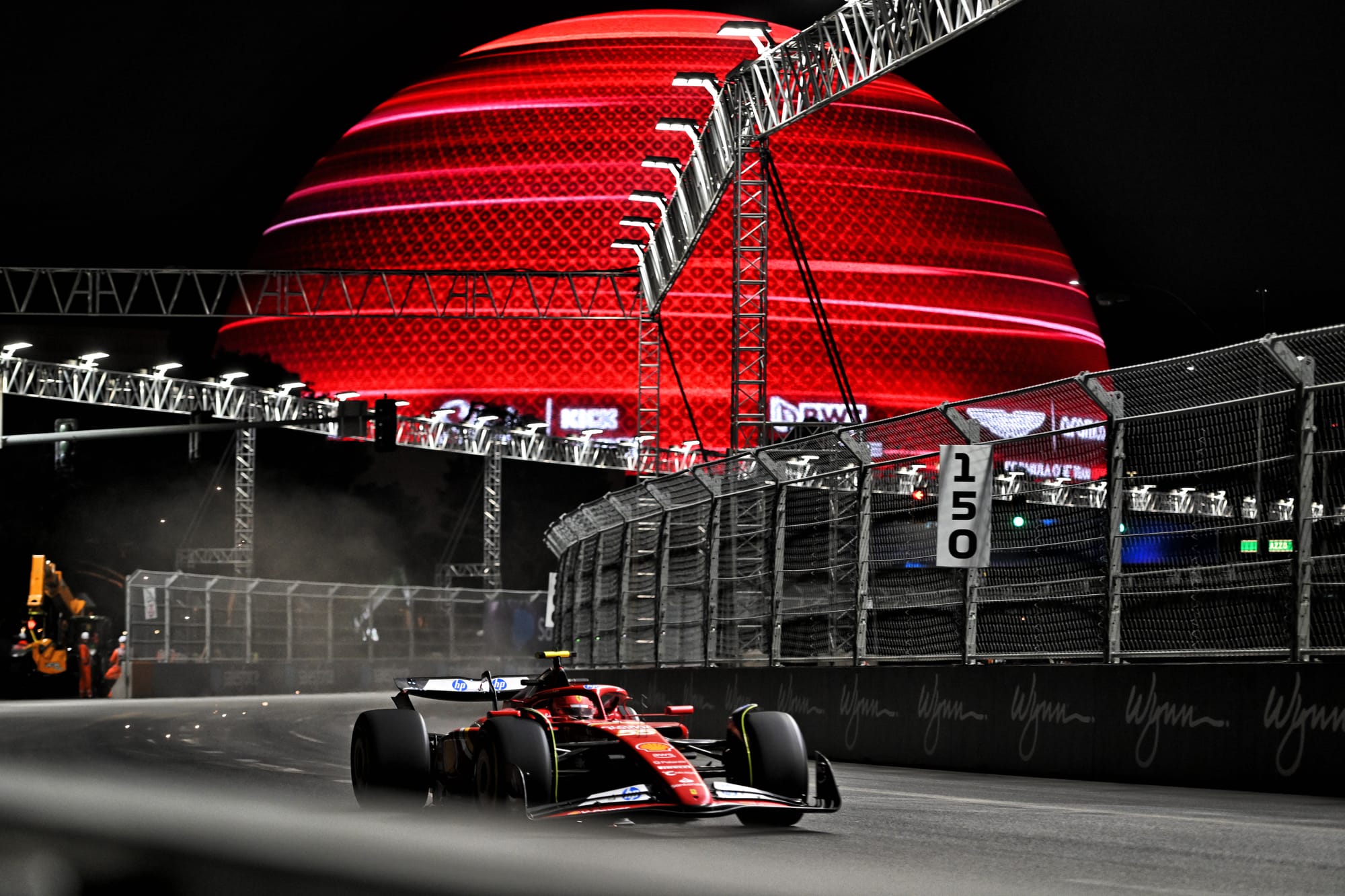
As for whether or not the test was a success, the question is irrelevant. As it’s a correlation exercise, the objective was to gather data to test the correlation from windtunnel to track. While it could therefore be a positive if it correlates well, if it doesn’t in any way then that’s even more valuable information for Ferrari.
“The great thing about a correlation part, or the process of correlating the tunnel, is there’s no wrong answer,” said Clear. “Whatever the answer is, it tells you what you want to know. Don’t misunderstand, it doesn’t mean ‘we think this should be better’ and we look at what the result is and go ‘oh God, we’re wrong, it’s not better’.
“It is simply we put effort into a change on this floor and we want to identify what it does at the real circuit so that we can then correlate the tunnel to it.
“The thing about floors is they operate very much at the boundary layer because they are the closest thing to the ground and that is a very particular aerodynamic challenge, so you have to get real car data and good correlation in the tunnel with all the stuff that the car does when it gets close to the ground.”
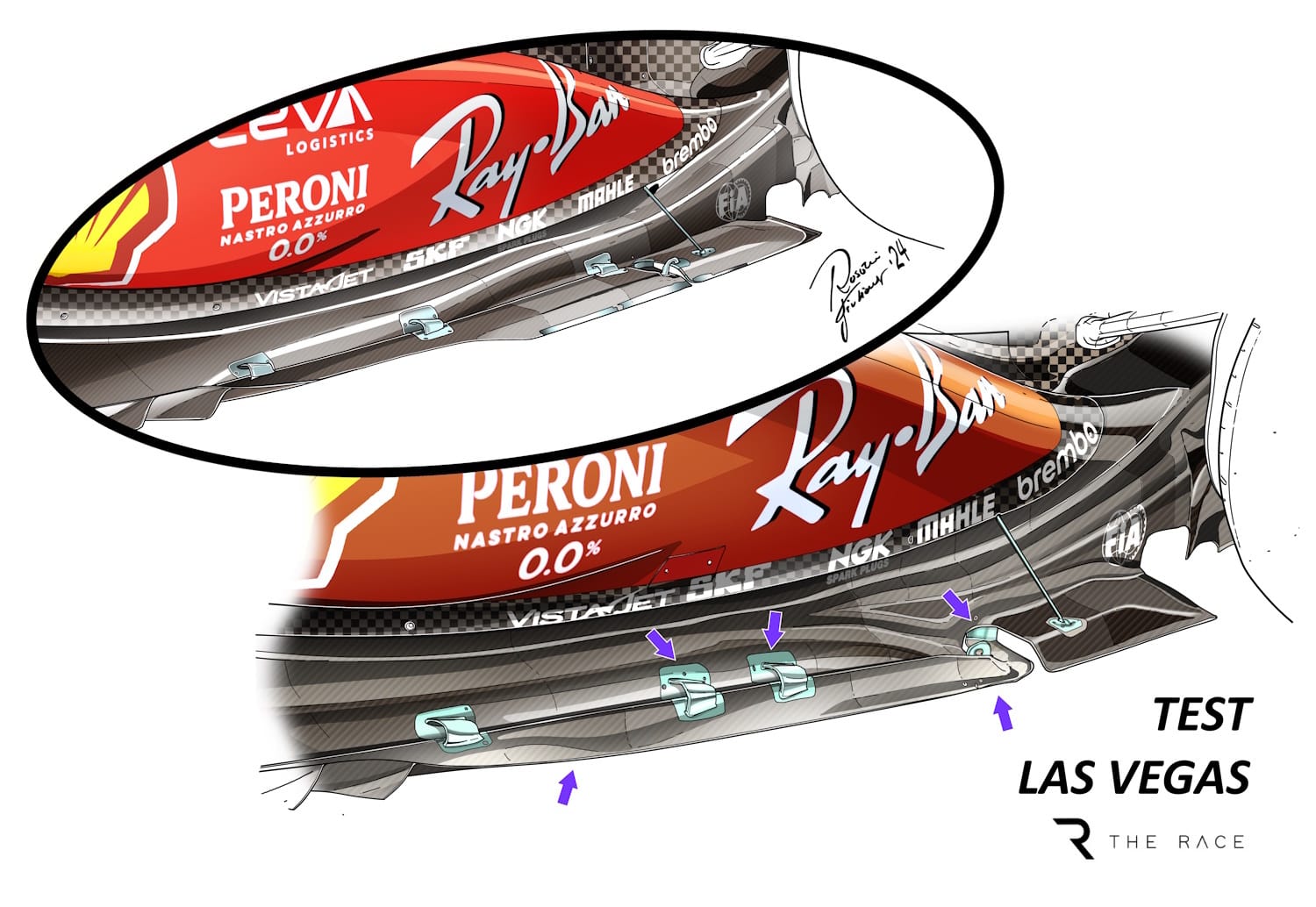
Accurately simulating how a car runs in the real world when close to the ground in the windtunnel is a key challenge under the current regulations. That’s understood to be an area Ferrari has worked on with improvements in the belt technology in the windtunnel. That means that effectively Sainz’s FP1 became a glorified, if enormously valuable, straightline test.
As Clear says, “you could run this thing down the main straight at Monza and learn just as much”. In that regard, Las Vegas is a suitable track because of its long straights, although timing drove the decision.
“I think it’s just timing, honestly,” said Clear when asked why Las Vegas was chosen for the test. “If you say to the tunnel people ‘can you wait two weeks before we correlate that?’, they’re going to go ‘no, we want it now’. So they probably decided they wanted this correlation two weeks ago and telling them ‘OK, you can have it in a month’ didn’t sound as good as ‘you can have it in two weeks’.
“We're always going to be doing things as quickly as you can.”
There will be no quick or easy answer from Ferrari about what it learned from this test. But it’s a sign of a team that has its priorities clearly set and is not allowing the excitement of a championship fight to distract it from the need to do crucial donkey-work that will be hugely valuable in the longer term.
And historically, that’s not always a given for Ferrari – although it is a hallmark of the measured, focused approach of the Fred Vasseur era.

